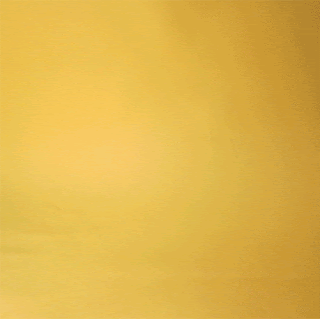For my next idea I wanted to just explore Tallinn, my favourite city, which has loads of different interesting cultures and scenery.
 |
| Exploring layout through gouache, inspired by Naomi Wilkinson |
 |
| Thinking about less busy, simpler designs |
I wanted to try and depict the city on a whole through small insights into the city such as dress, food and small customs.
Although I like the premise of the idea, I think the colours are too clashing and the imagery might be too diverse, so I will not carry on with this idea
I was originally inspired by the work of Naomi Wilkinson, whose bright but quite cohesive colours help to tie the fairly unusual imagery together. I really like her use of contrasting scales as well to help break up the solid block colours.
 |
| Naomi Wilkinson |
Walk this World by Lotta Nieminen
I really like the way she has used flat, vector esque shapes to depict cities, as well as reducing the amount of information given to ensure that the communication of the location is successful, without being too over complicated. I think this is something I really need to keep in mind during my development, as this project is all about stripping an element back to reveal the core facts whilst still communicating enough information.














































